Jean-Auguste-Dominique Ingres
French neoclassical painter
1780 - 1867
Jean-Auguste-Dominique Ingres was born in 1780 to a family of an artist and received his first art education from his father, Jean-Marie-Joseph Ingres. Jean-Auguste-Dominique enrolled in the school of the Brothers of Christian Doctrine, but his studies were disrupted in 1791 by the Revolution at which time he transferred to the fine arts academy in Toulouse. In 1993, Jean-Auguste-Dominique Ingres was accepted into the École des Beaux-Arts. In 1801, Jean-Auguste-Dominique received the Prix de Rome.
At the beginning of his creative career, Jean-Auguste-Dominique Ingres considered himself a portraitist, and in 1804 he completed his first official commission, depicting Bonaparte as First Consul. In 1806 Ingres moved to Italy where he continued to study art until 1810. Thereafter he stayed in Italy, working as a portraitist as well as getting history painting commissions. With the fall of the Napoleonic empire, his well-paid commissions dried out, but he remained in Italy, making small portraits of English and other tourists.
Ingres had served as a professor at the École des Beaux-Arts since 1829. In December 1833 he was elected president of that institution for the following year. He solicited and received the post of director of the Académie de France in Rome and set off for Italy in December 1834.
By the 1840s Ingres had finally secured his status as the greatest living artist in France and he was the most sought-after society portraitist in Paris. The darling of the Orléanist elite, he continued to showcase his works in a series of exclusive, semipublic exhibitions and also received several prestigious decorative commissions (none of which he ever fulfilled). Terrified by the spectre of social and political chaos during the Revolution of 1848, Ingres welcomed the declaration of the Second Empire under Napoleon III in 1852.
When Ingres died, he bequeathed the contents of his studio to Montauban, his native city. In addition to about 4,000 drawings (the studies, sketches, and working drawings of a lifetime), this bequest included several of his own paintings, the works in his private collection, and his reference library. All of this is now housed in the Ingres Museum at Montauban.
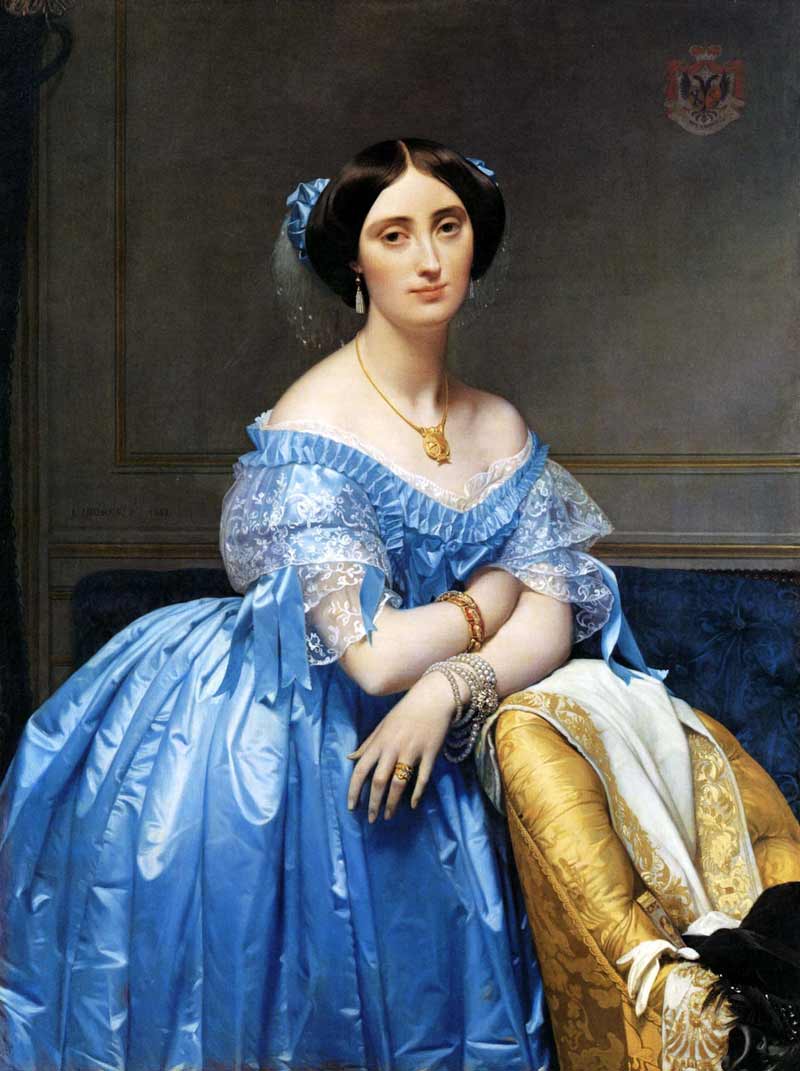
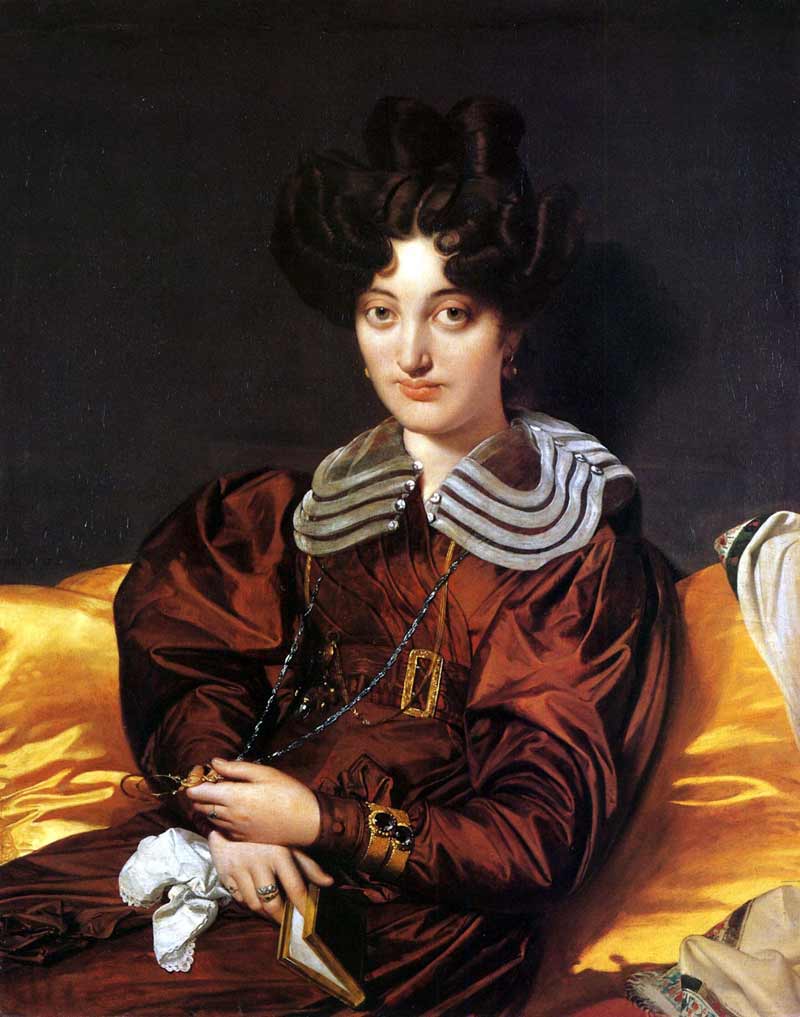
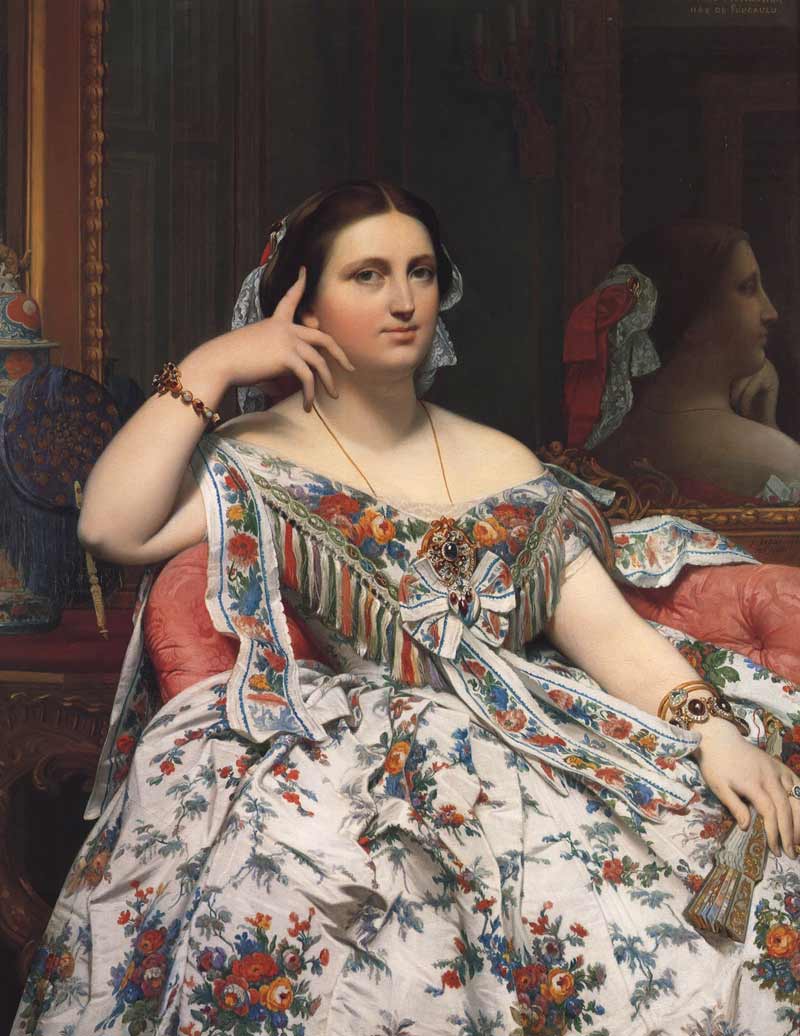
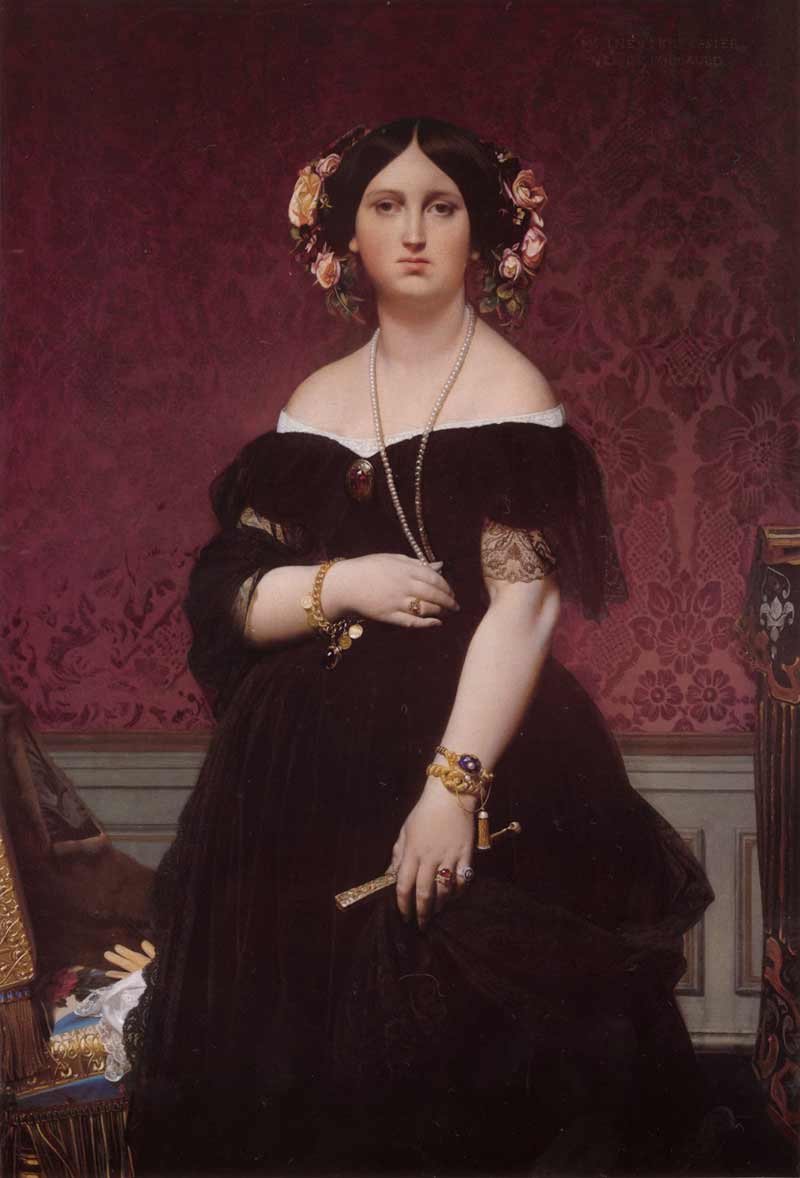
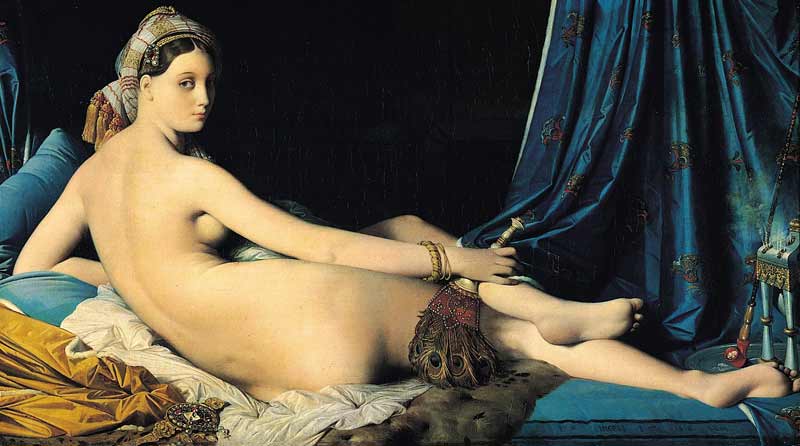

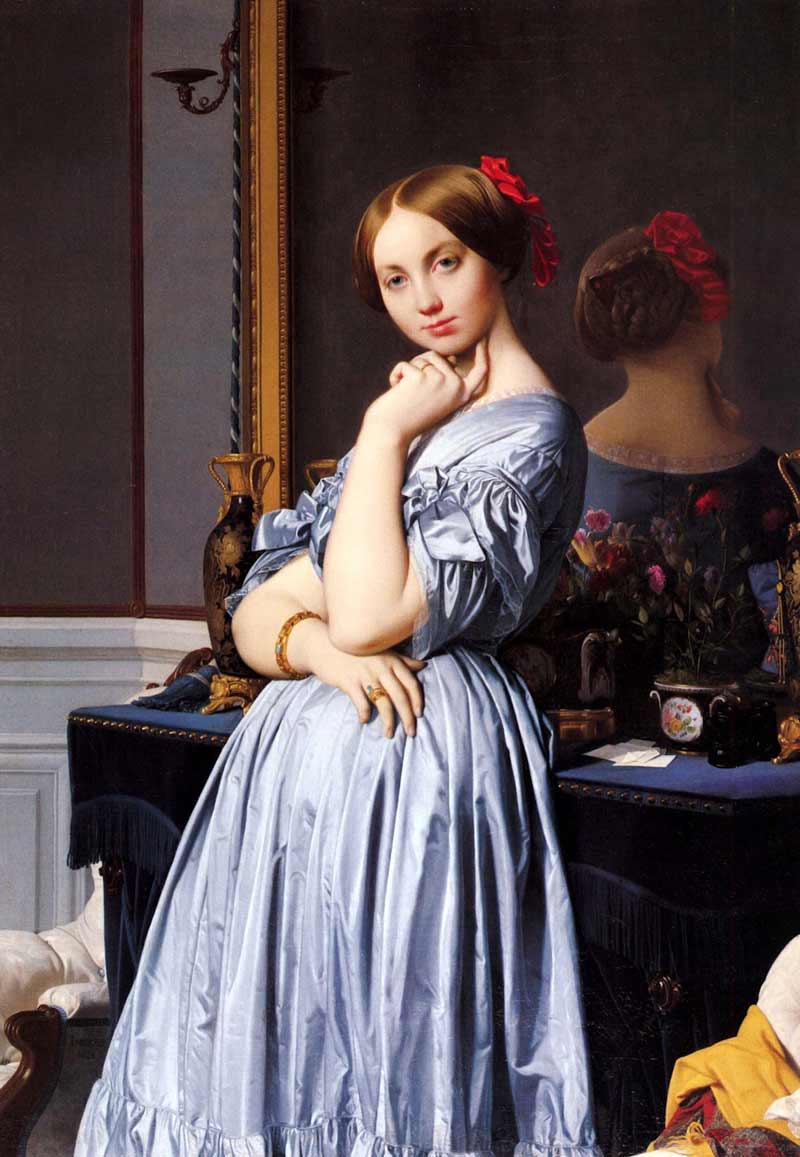
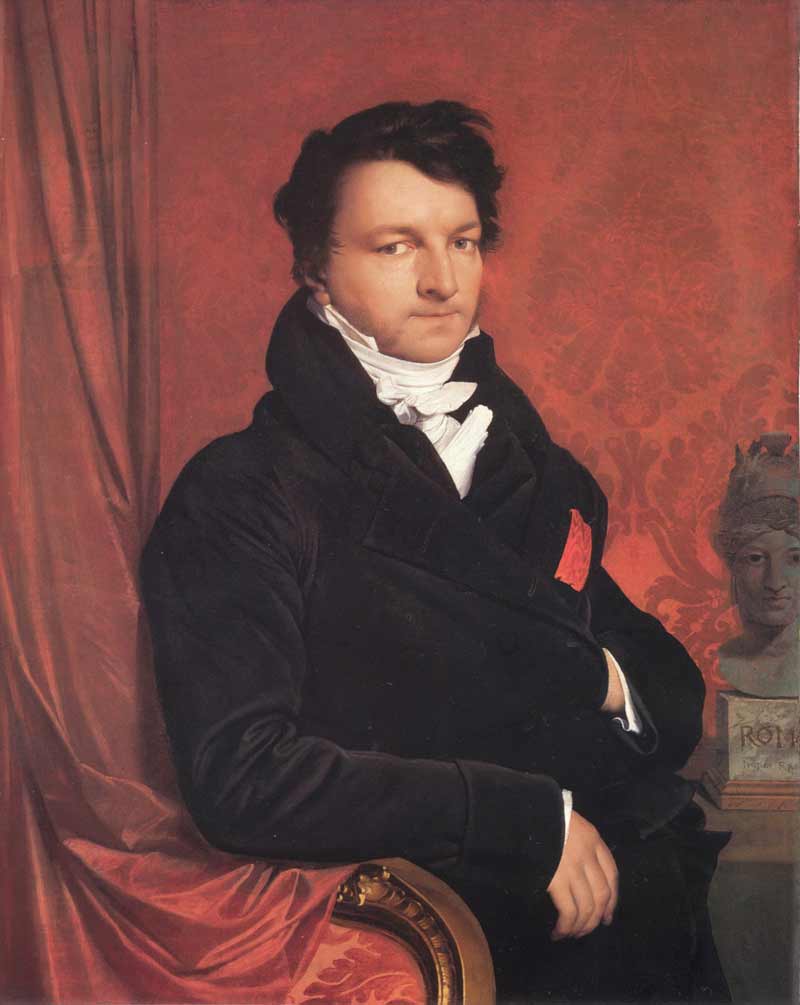
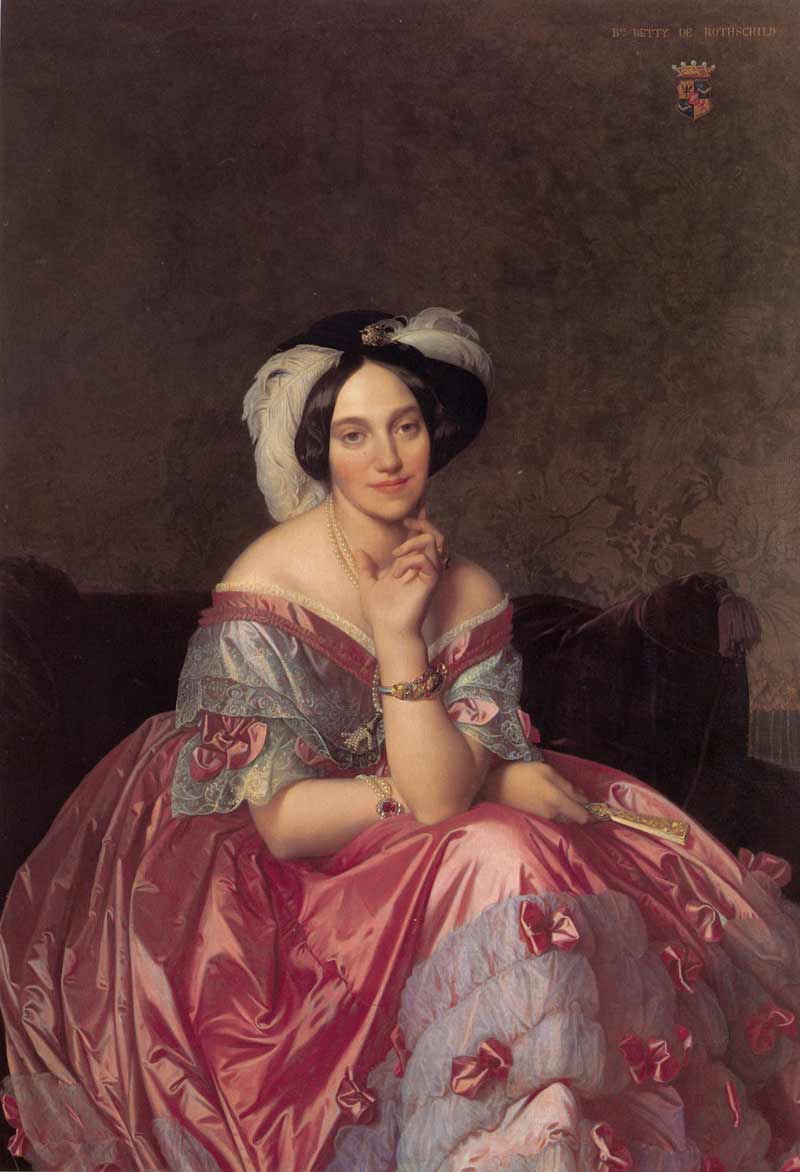
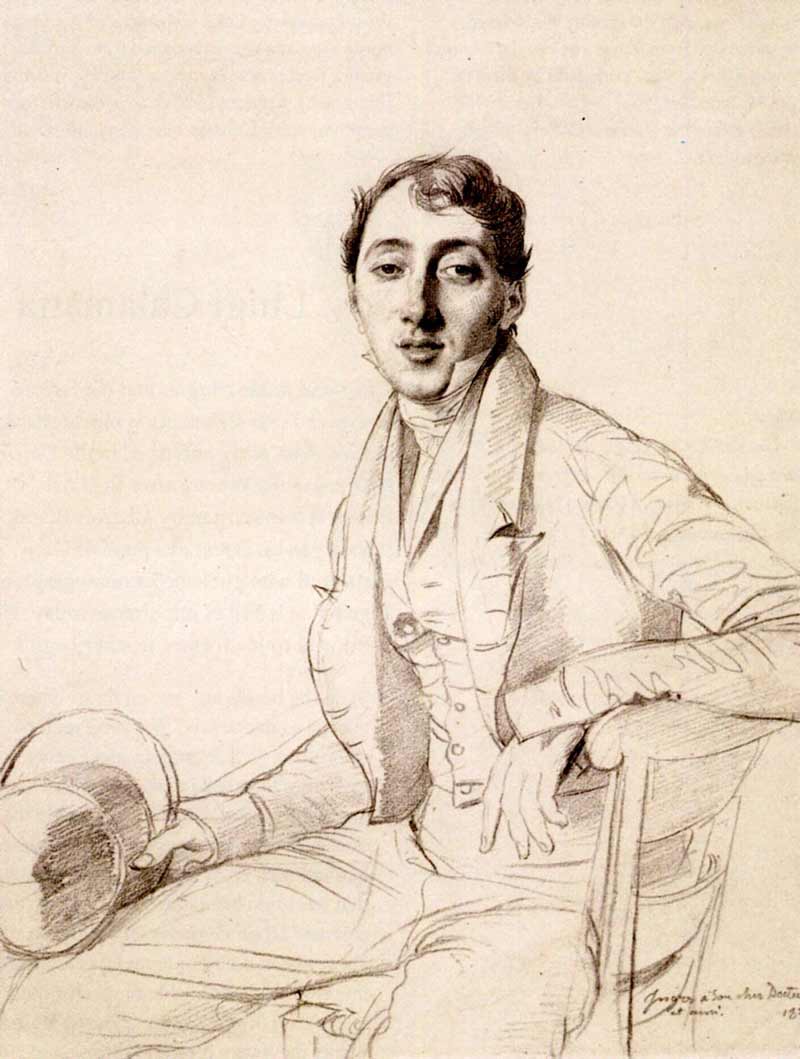
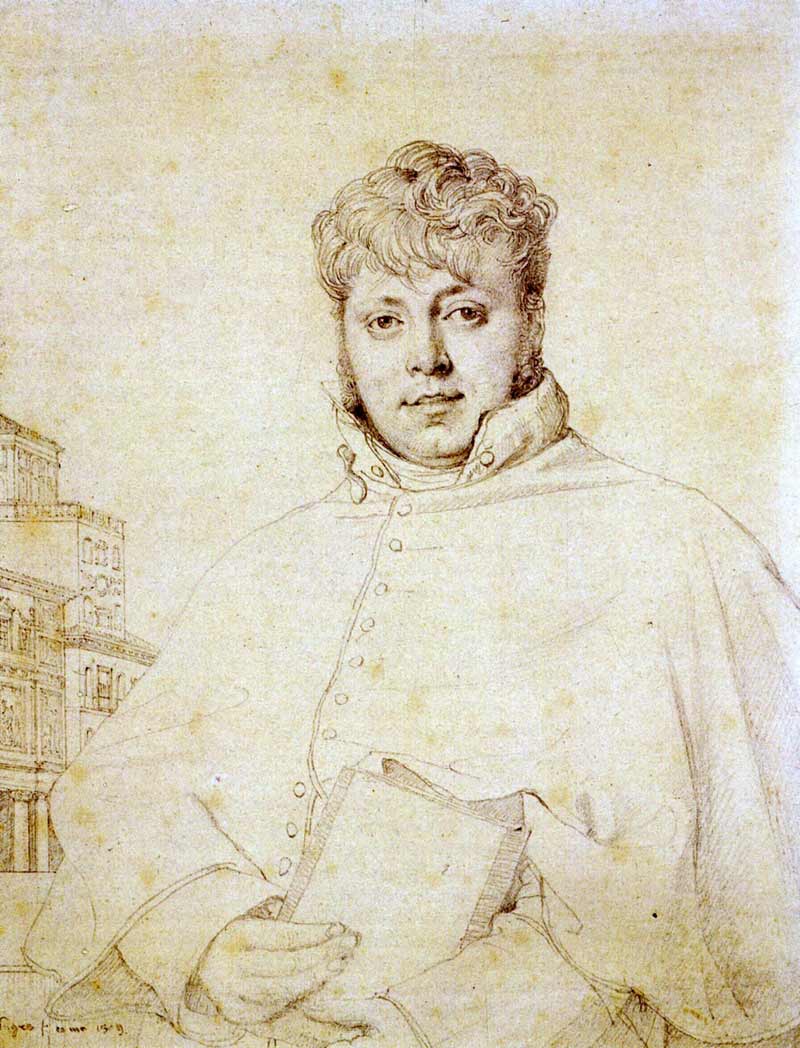
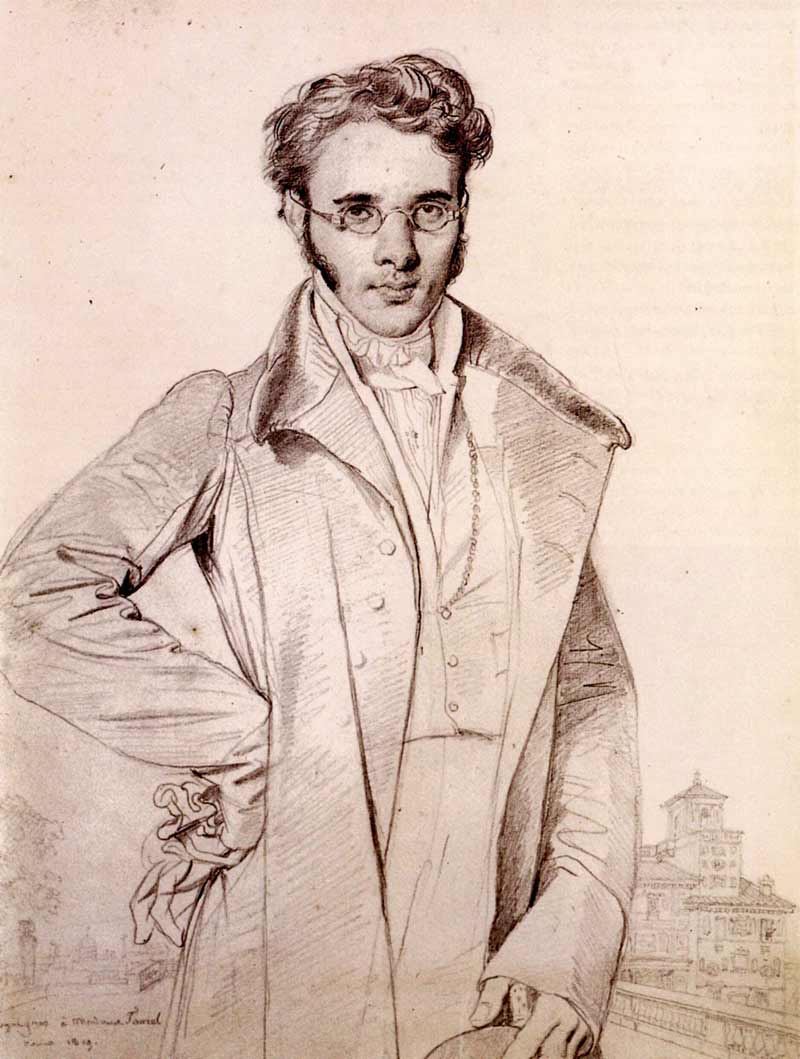

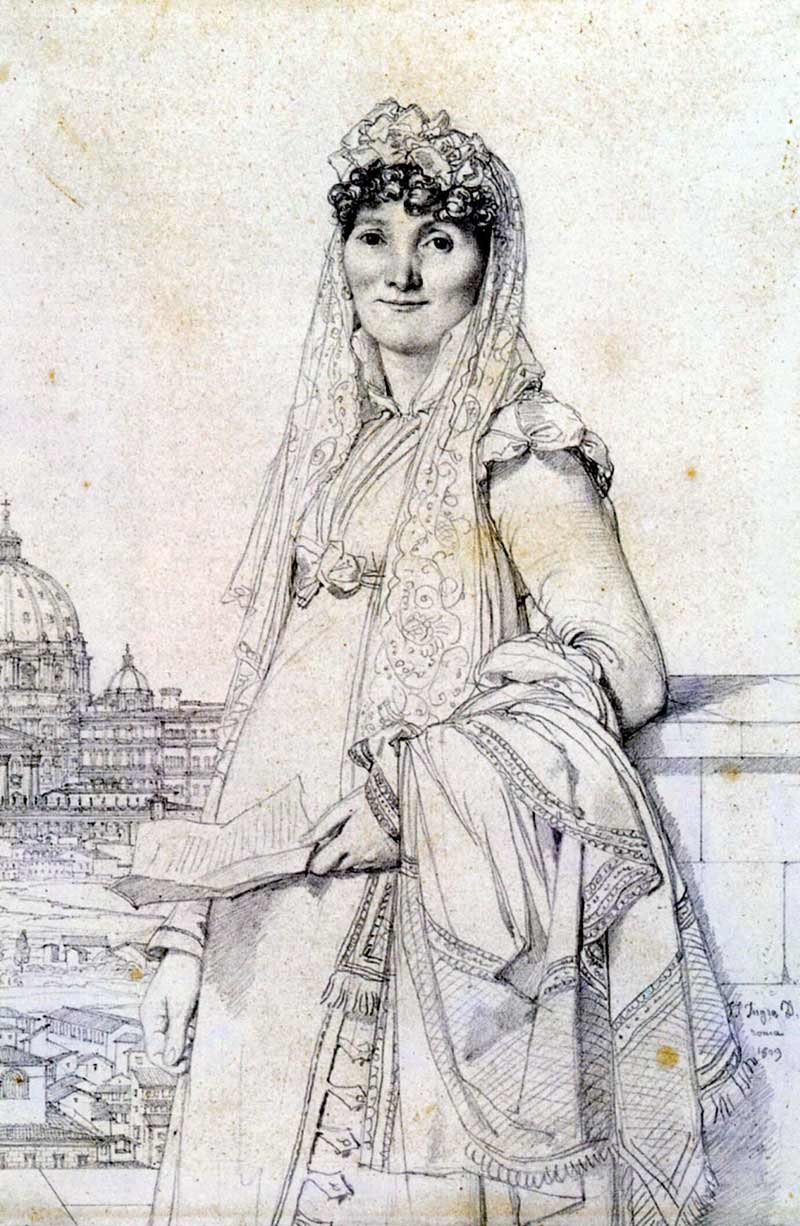
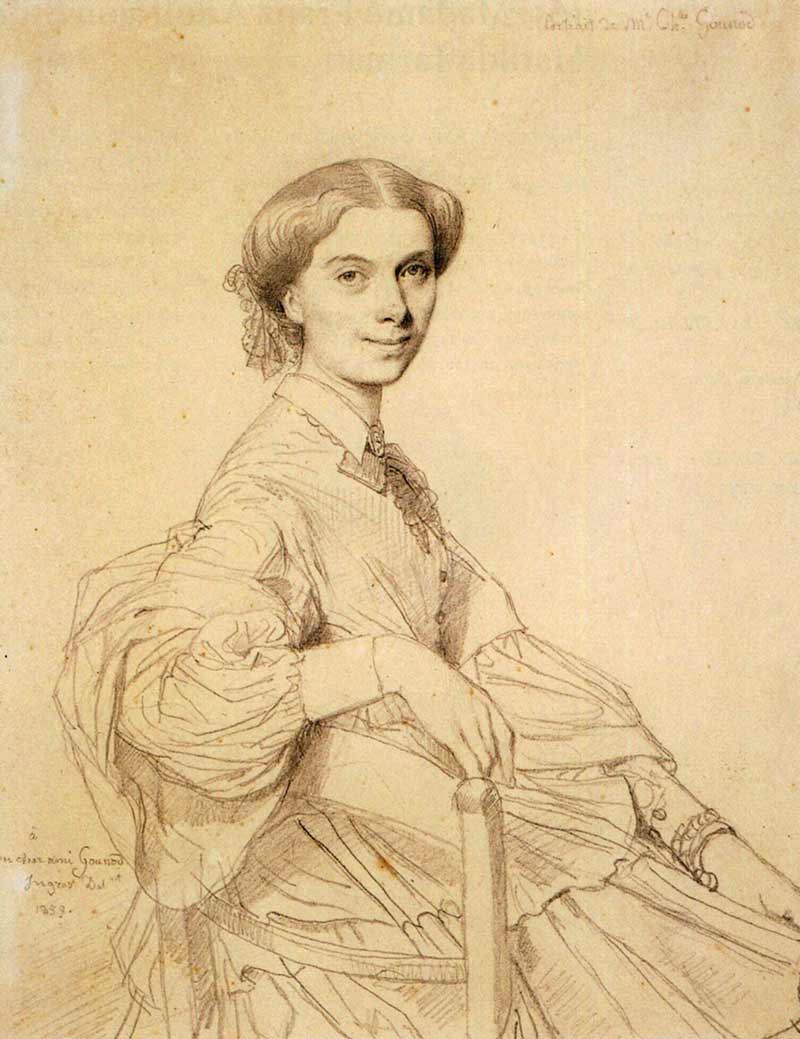
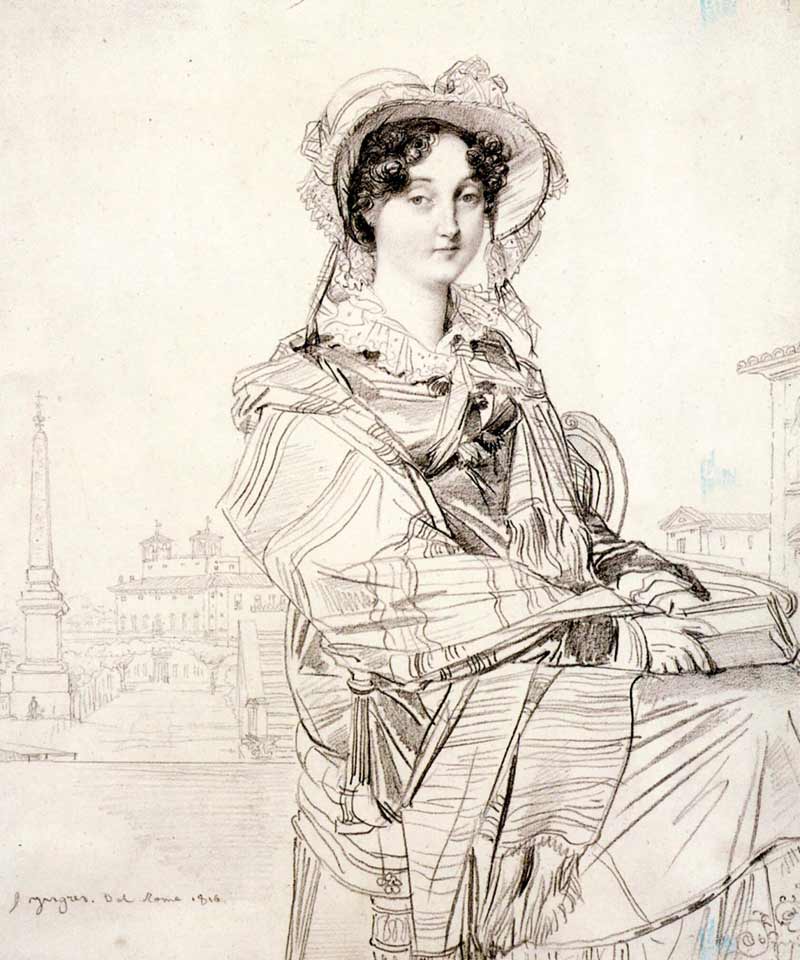
This is your unique chance to get a lifetime academy membership and a dedicated team of art teachers.
Such unlimited personal tutoring is not available anywhere else.




